Image Gallery: Dinosaur Fossils
Camarasaurus Skull
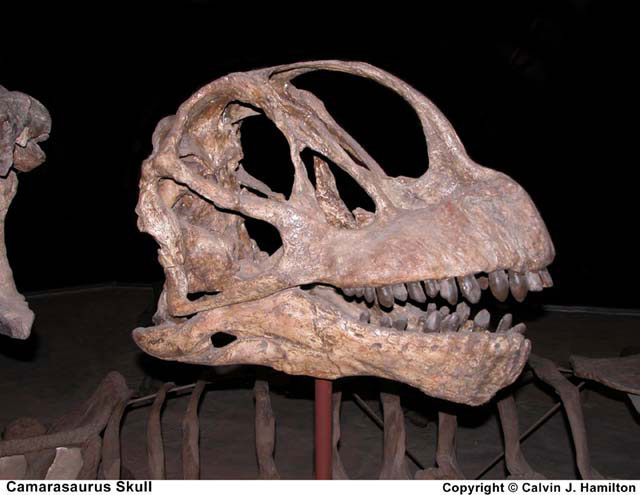
This skull cast is from Dinosaur National Monument, Utah. It dates to the Jurassic Period, about 150 million years ago. This picture was taken on Nov. 10, 2003 at the Smithsonian National Museum of Natural History.
Tyrannosaurus Rex
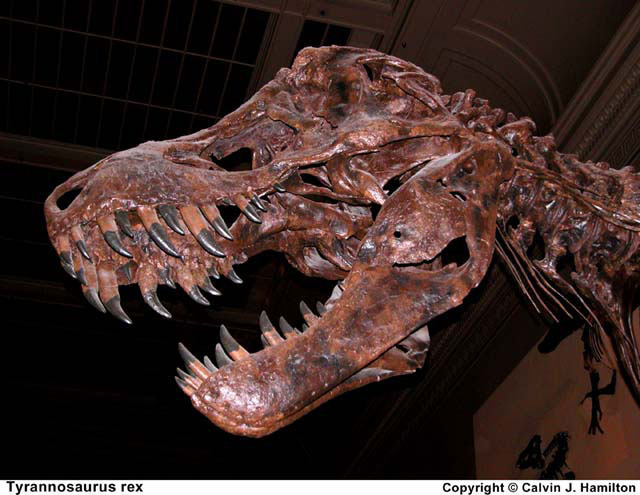
This is the skull of the most complete Tyrannosaurus rex ever found. The Black Hills Institute of Geological Research in Hill City, South Dakota excavated it. This picture was taken on Nov. 10, 2003 at the Smithsonian National Museum of Natural History.
Velociraptor Skull
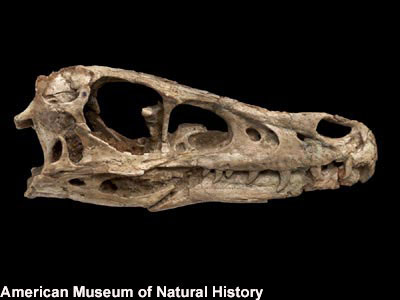
Velociraptor, which means “speedy thief,” had a sharp, deadly, sickle-shaped, retractable, 3.5-inch (9 cm) claw on each foot (located on each second toe). The Velociraptor may have been able to run up to roughly 40 mph (60 km/hr) for short bursts. This predator may have hunted in packs.
Uberabasuchus Terrificus
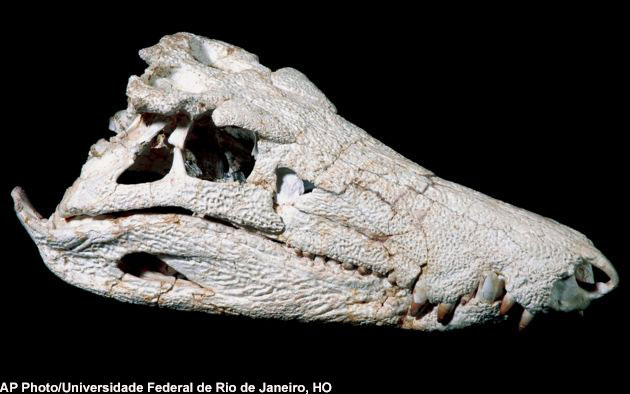
A skull of the Uberabasuchus Terrificus, a fossil of a prehistoric crocodile, was discovered nearly intact in Uberaba where the dinosaur lived some 70 million years ago.
Fossil Site
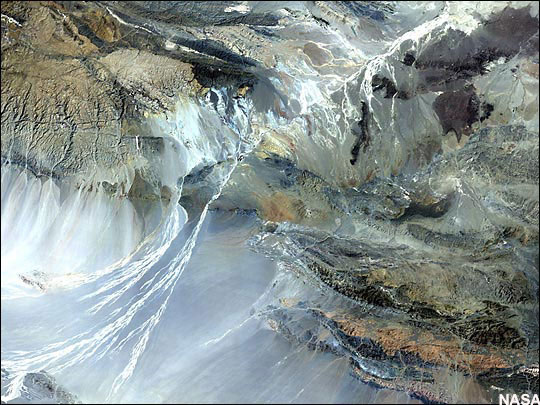
This true color Landsat 5 image of the Gobi desert covers an area between Ukhaa Tolgod and the Flaming Cliffs, two of Mongolia's most famous fossil sites. Landsat data are more accurate than existing maps of the region, so they are extremely helpful in the search for fossils.
Dinosaur Eggs
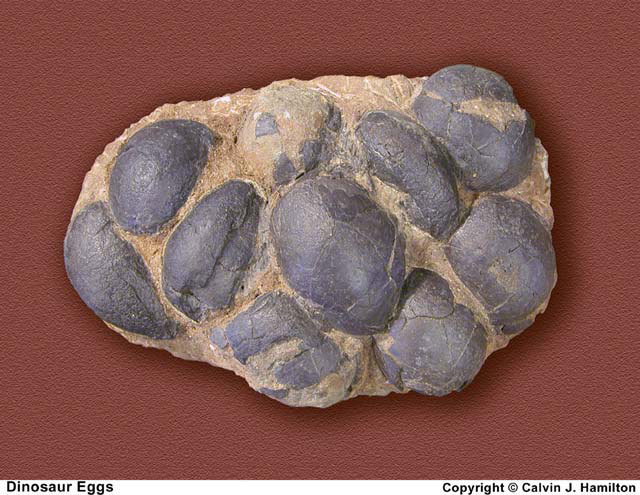
Many fossilized dinosaur eggs have been found, at over 200 sites around the world. Very rarely do the eggs have the preserved parts of embryos in them, so it is often difficult to determine the species of the dinosaur. This picture was taken on July 7, 2003 at Port Angeles, Washington.
Intact Embryo
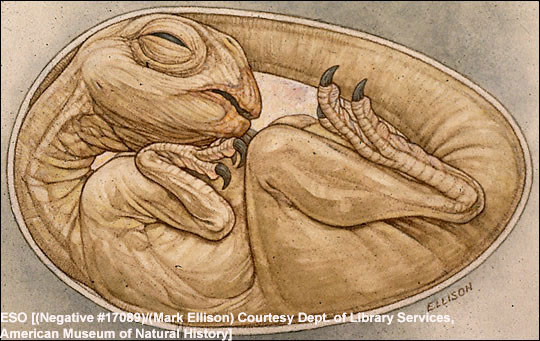
The discovery of dinosaur eggs at the Flaming Cliffs —with intact embryos—stunned the world in the 1920s.
Sign up for the Live Science daily newsletter now
Get the world’s most fascinating discoveries delivered straight to your inbox.
Oviraptor Nest
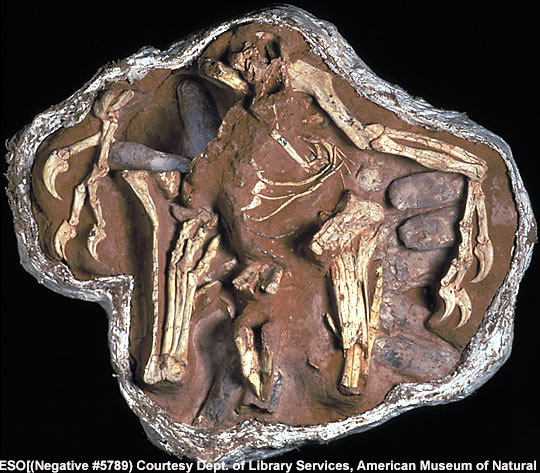
This oviraptor nest—filled with eggs—demonstrates one of the most surprising finds from the Gobi Desert that some dinosaurs cared for their young.
Finding Fossils
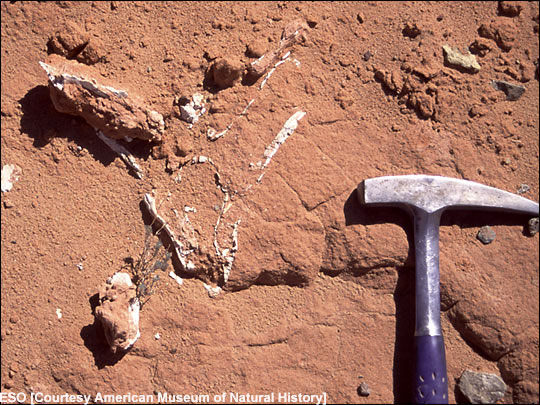
Finding fossils in the desert takes a skilled eye. This photograph of a protoceratops skull (the hammer is for scale) shows how fossils look before they are excavated.
Juvenile Protoceratops
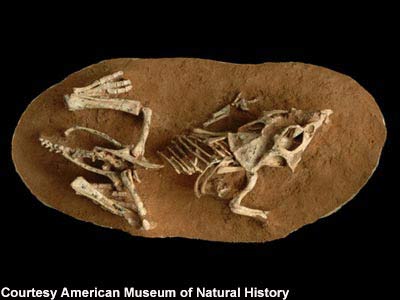
Shown above is the post-excavated picture of a Juvenile Protoceratops. (see previous picture). Known as the ‘fighting dinosaur,’ the Velociraptor was a fierce carnivore that hunted prey animals, such as the plant-eating Protoceratops.
Neuquenraptor Argentinus
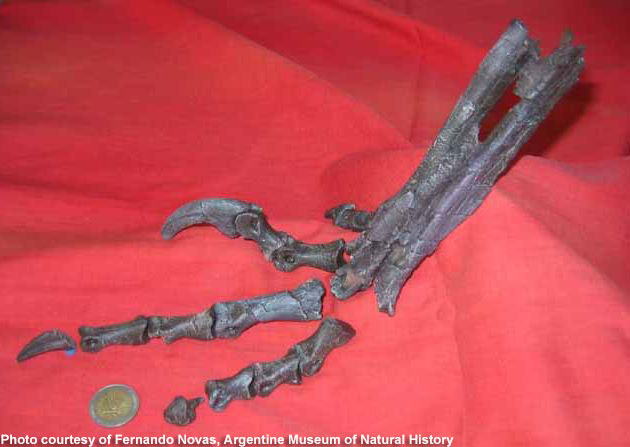
Shown above is a photo of a fossil foot of new raptor dinosaur species, Neuquenraptor argentinus.











